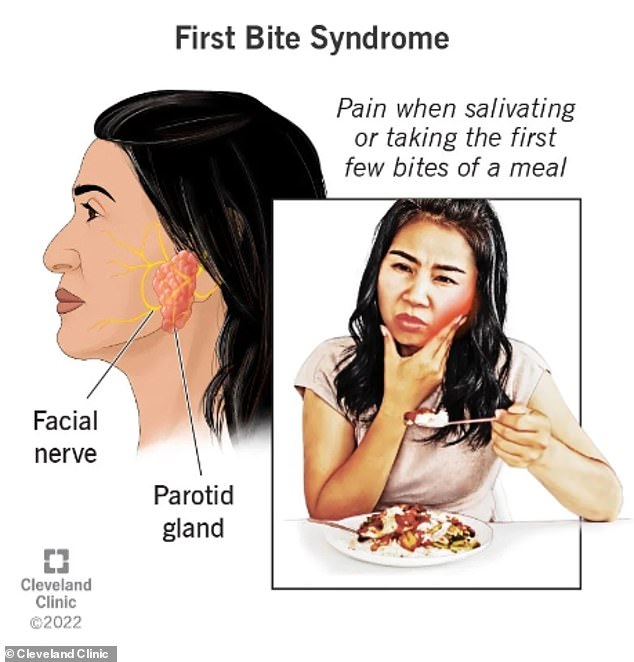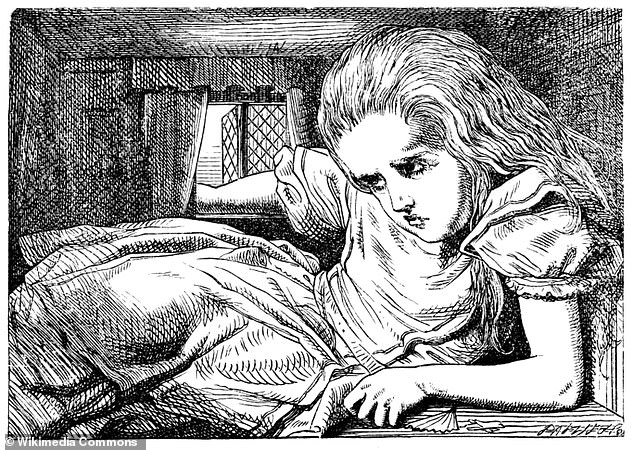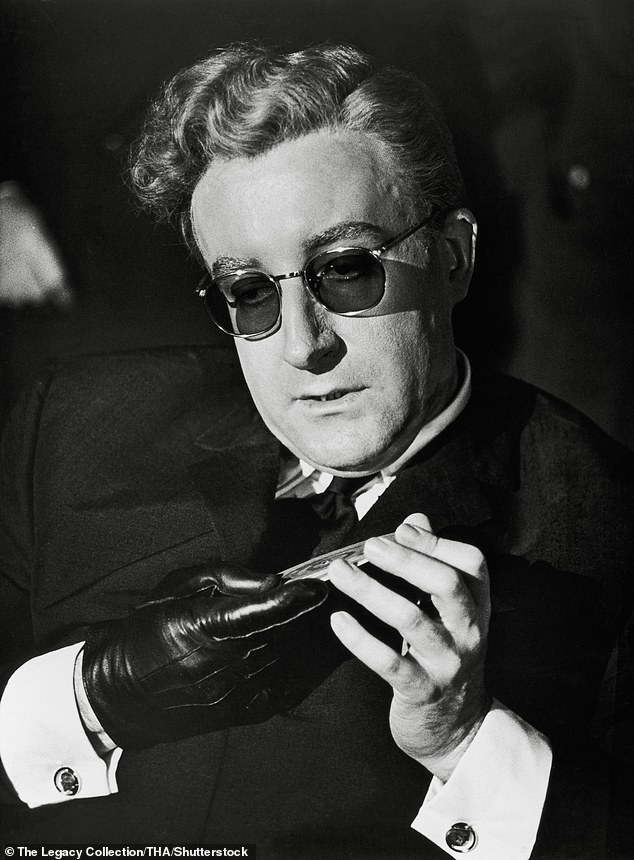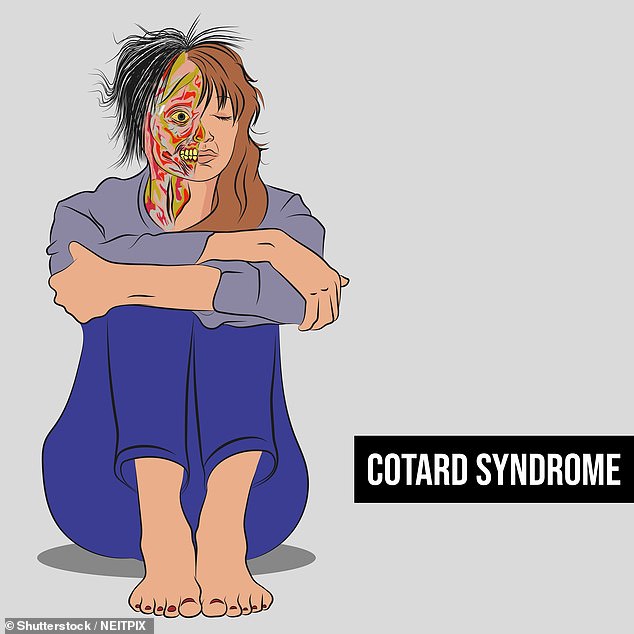Nine illnesses that sound made up… but really do exist
Most people have felt sick at one time or another and made the dreaded call to go to work to face the inevitable nagging about their current state of well-being.
Whether it’s a bout of the ‘man flu’ or you’re ‘milking’ the ‘under the weather blues’, most bosses will believe you.
But for a rare number of patients, their health condition may not be so easy to understand.
Many of the terms are even named after fictional films and books. Some are also named after mythical creatures and folklore.
1. Retrograde ejaculation
Some people have a rare condition in which semen passes into the bladder instead of out the urethra
In this rare condition, semen flows backward into the bladder instead of through the urethra when a man ejaculates.
Typically, semen is pushed out of the urethra and prevented from entering the bladder by the muscles around the neck of the bladder, which close tightly at the moment of orgasm.
However, damage to surrounding muscles or nerves can cause the bladder neck to fail to close, causing semen to pass into the bladder instead of up through the urethra.
Abbas Kanani, pharmacist at Chemist Click, told Mail Online: ‘Men with the condition may not produce any semen, or only a small amount, during ejaculation and may produce cloudy urine due to the semen in it, when they first go to the going to the toilet after ejaculation. have sex.
‘They still experience the feeling of an orgasm and the condition does not pose a health risk. However, it can affect the ability to conceive a child.
“Prostate gland surgery, bladder surgery, diabetes, multiple sclerosis, and a class of medications known as alpha blockers that are often used to treat high blood pressure (hypertension) can all be causes of retrograde ejaculation.”
2. First bite syndrome

First Bite Syndrome causes severe cramps after the first bite of eating something. The pain decreases with each bite
This painful condition causes severe discomfort to the patient when he drools or after taking the first bite of a meal – hence First Bite Syndrome.
The intense pain is located in the preauricular area, located near the front of the ear and marks the entrance to a sinus tract under the skin and near the ear cartridge.
Although the pain decreases with each bite, it will return if there is a meal break.
Although in most cases it is associated with people who have had surgery on the upper part of the neck, it is sometimes due to a tumor of the salivary gland or parapharyngeal space, which is located in the upper part of the neck and above the hyoid bone.
The pain usually occurs on the side of the face and is described as a cramping or cramping feeling.
Experts believe that first bite syndrome is the result of nerve damage.
Although the nerve damage can result from a head and neck tumor during surgery, in very rare cases people can suffer from idiopathic first bite syndrome.
An idiopathic condition refers to a condition that occurs spontaneously or for which the cause is unknown.
3. Hypertrichosis or Ambras syndrome (also called werewolf syndrome)

Some people have a condition that causes excessive hair growth, similar to mythical werewolves
People with this rare skin disease have excessive hair growth all over the body, except on the palms of the hands and soles of the feet.
This includes fine hair on the face and ears, which makes people resemble a mythical werewolf.
It can also cause a person to have a triangular face, a bulbous nose, and no teeth.
4. Prosopagnosia (face blindness)

Those with a severe form of prosopagnosia may not be able to distinguish between a face
Many people may forget names, but ‘never forget a face’. But people with this condition will have difficulty identifying even familiar faces or telling people apart.
Those with a severe form may not be able to distinguish between a face and another object or even recognize themselves.
5. Junctional epidermolysis bullosa (JEB)

Any trauma or friction to the skin can cause painful blisters in patients with Junctional epidermolysis bullosa
This is a rare condition and the most severe form of epidermolysis bullosa (EB), a group of rare diseases that cause the skin to be fragile and blister easily.
It is a genetic skin condition, not an infection, not contagious and not due to an allergy.
Any trauma or friction to the skin can cause painful blisters.
Mr Kanani added: ‘Severe JEB is one of the most serious forms of EB, but it is extremely rare.
‘It causes widespread blistering of the skin, mucous membranes and internal organs.
‘Affected areas included the genitals and buttocks, around the nose and mouth, the fingertips, the toes, the neck, in the mouth and throat and the eyes.
‘JEB can cause complications such as anemia, tooth decay, malnutrition and retarded growth, dehydration, breathing difficulties and sepsis.
‘There is currently no cure for EB, so treatment focuses on relieving symptoms and preventing complications, such as infection.’
6. Alice in Wonderland Syndrome

Lewis Carroll, the author of Alice in Wonderland, also suffered from migraines
This syndrome occurs due to severe migraines and epilepsy.
People have distorted vision or perception that makes parts of their body appear to be much larger or smaller than they actually are.
The condition was first recognized in the Canadian Medical Association Journal in 1955.
According to the article, the name was chosen because Lewis Carroll, the author of Alice in Wonderland, suffered from migraines.
The syndrome can also be caused by a viral infection or drug use.
7. Alien Hand Syndrome

Peter Sellers as Dr. Strangelove in the 1964 film ‘Dr. Strangelove or: How I Learned to Stop Worrying and Love the Bomb’
This is a condition characterized by involuntary movements of a limb, usually the hand, that appear purposeful or functional.
People with this condition may also feel as if the limb is not part of the body.
According to research in Tremor and Other Hyperkinetic Movements, “Sometimes the limb is personified: patients have named their alien hands.”
Common causes of the syndrome include stroke, brain tumors and neurodegenerative diseases.
The syndrome was featured in the movie Dr. Strangelove and there are reports of people involuntarily hitting or choking themselves.
8. Walking Corpse Syndrome (Cotard Syndrome)

The condition is often seen in patients with depression and folklore may contribute to the condition
This condition was first described in the 1880s by neurologist Jules Cotard.
It is characterized as a person who believes himself to be dead or soulless.
Sometimes they even think that parts of their body are missing, such as organs or blood.
It is often seen in patients with depression, and cultural beliefs, such as folklore about creatures that ingest organs, may contribute to the disorder.
9. Truman is delusional

The Truman Show is about a man whose entire life is a TV show. Many delusional people believe that everyone in their lives are actors
Anyone who has seen the movie The Truman Show, starring Jim Carey, has probably checked to see if there was a hidden camera.
But it is a recognized condition in which people believe they are under constant surveillance.
The Truman Show is about a man whose entire life is a TV show, his family, friends and neighbors are all actors and his entire life is a macabre act.
According to a psychiatrist who treated patients with delusions, the condition existed long before the film came out.
Joel Gold, a psychiatrist at New York University School of Medicine, told Business Insider: “I’ve treated a number of young men who all believed their lives were reality TV shows.
“They said to me, ‘You know that movie The Truman Show?’ That is my life’.’
However, the psychiatrist said that the film did not give rise to a new kind of delusions, but that some people throughout history have felt controlled by whatever the technology of the time was.
People thought magnetic rays and microwaves controlled them.
In the years after The Truman Show, it was closed circuit TV and cameras.
